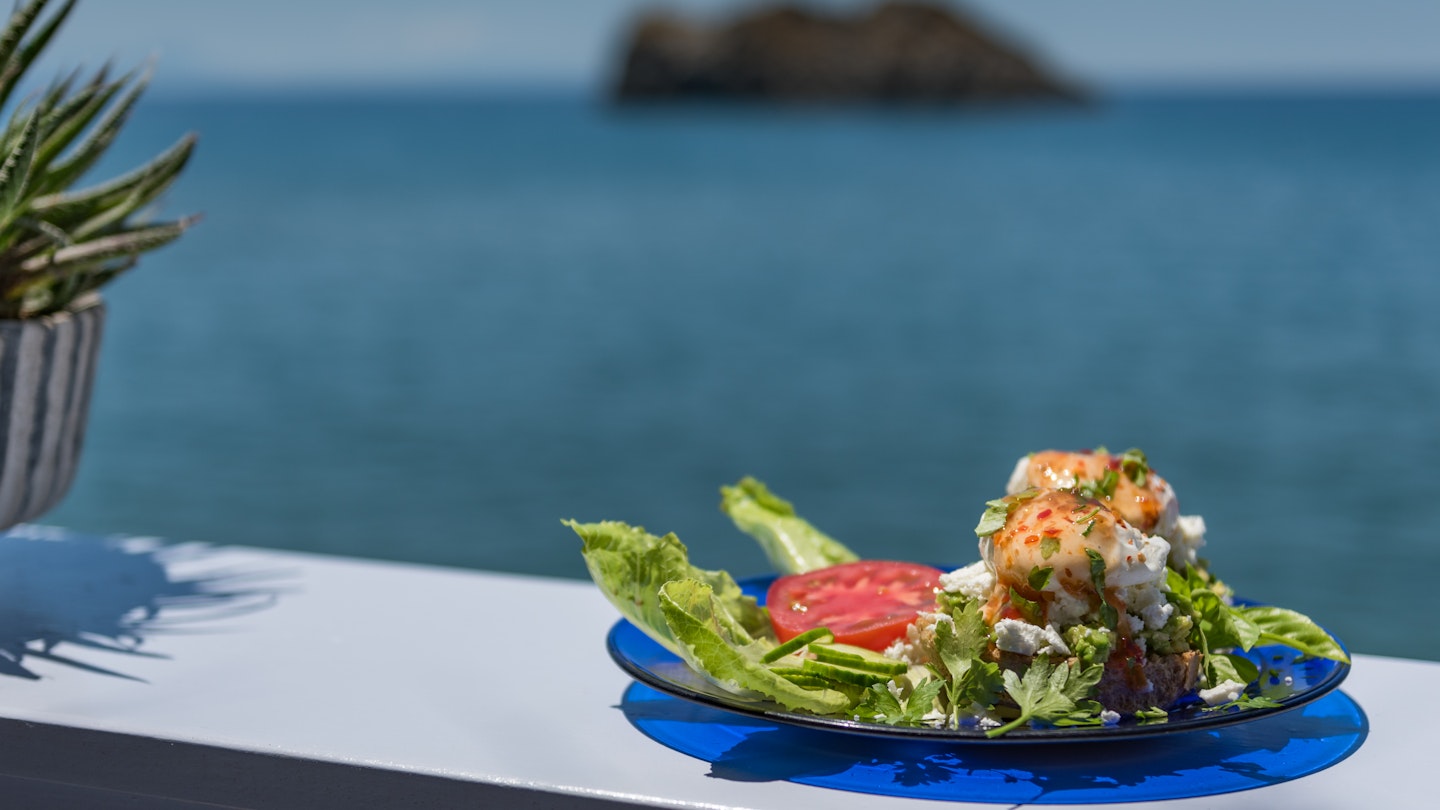Culinary Journey Through the Northern Aegean Islands
Greek food is widely celebrated around the world; however, there is no single Greek cuisine. Each region boasts distinct flavors and recipes shaped by centuries of tradition, local produce, and cultural influences.
Discovering the Northern Aegean Islands
The Northern Aegean islands have unique culinary histories and locally-inspired dishes, which are untouched by mass tourism. This region features an abundance of agricultural products that are gaining popularity both in Greece and globally.

From the Land
These islands yield exceptional agricultural products, particularly olive oil, considered the cornerstone of Greek cuisine. Lesvos alone is home to over 10 million olive trees, cultivated through traditional methods that produce high-quality extra virgin olive oil, recognized as a Protected Designation of Origin (PDO) product.
Furthermore, local varieties of feta cheese and unique cheeses such as Ladotyri (Lesvos), Kalathaki (Limnos), and others enhance the diverse culinary profile. Beekeeping contributes to the islands’ agricultural activities, producing high-quality honey from fragrant wild herbs.

Wild Catch
Consequently, fresh seafood is a staple in local diets. Kalloni sardines, in particular, are cherished. Diners can expect to enjoy freshly caught fish at prices much lower than in more congested tourist spots. Moreover, the islands’ terrain offers an ideal setting for free-range goats and sheep, providing delicious, healthy meats.
The Local Treatments
Utilizing locally grown ingredients, the cuisine often reflects the seasonal availability of fruits and vegetables. Traditional cooking methods, such as wood-fired ovens, are prevalent, creating delicious regional pies and local specialties.

From the Bottle
Moreover, wine is an essential aspect of Greek dining. While many large wineries offer tours, small family producers generate exceptional house wines, particularly in Limnos with its famous Muscat of Alexandria and in Samos, known for its sweet wines.
The region also boasts unique spirits like ouzo, which is enjoyed alongside seafood. Lesvos is renowned for its ouzo production, while other islands also create their own local variations.
Celebration of Food and Culture
In conclusion, dining in Greece is intertwined with rich cultural traditions, social rituals, and community gatherings. Local festivals and celebrations, particularly during the summer months, bring communities together to enjoy local delicacies, live music, and joyous dancing.

Tasteful Mementos
Local workshops and cooperatives offer a variety of traditional food products. Visitors can find delectable spoon sweets, homemade liqueurs, and unique culinary souvenirs such as olives, cheese, and pickles. Folk art, including handcrafted items, also thrives in these communities.
Thus, these experiences provide guests with both delicious treats and cherished mementos to take home, celebrating the rich traditions of the Northern Aegean islands.




